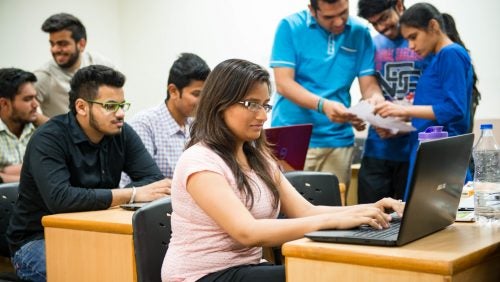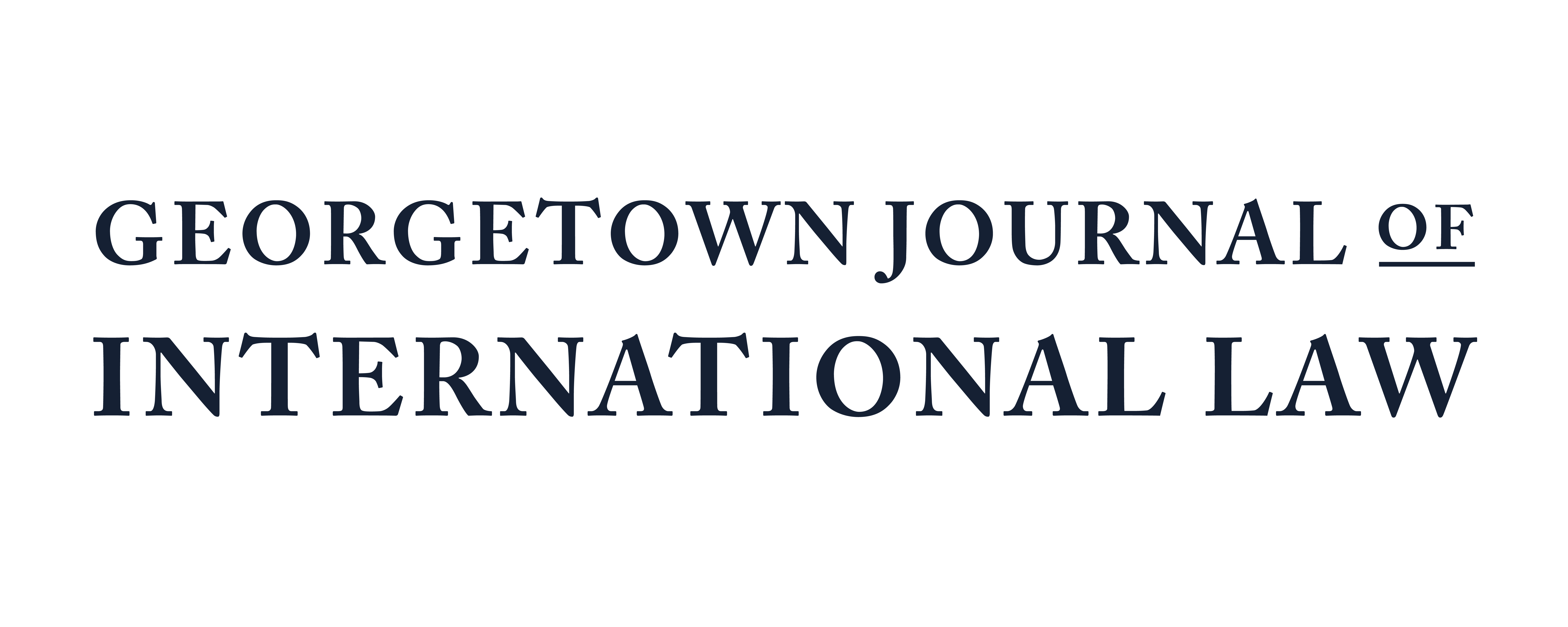The Case for Caste as a Protected Class
November 6, 2020 by Digital Editor

By: Bhaavya Sinha
The tech conglomerate Cisco Systems, Inc. made headlines this summer after it was hit with a discrimination lawsuit. The suit was originally filed by the California Department of Fair Employment and Housing (DFEH) in the Northern District of California before DFEH voluntarily dismissed it, without prejudice, on October 16. DFEH has since refiled in California state court in Santa Clara County.
Two Cisco supervisors, upper-caste Indian-Americans, were accused of discriminating against a third, anonymous employee, an Indian immigrant. The alleged victim of the discrimination, who belongs to the Dalit caste, claims he was paid less, given fewer opportunities, and endured inferior workplace conditions compared to other employees because of his caste. The victim reported the harassment by his supervisors to Cisco in 2016, but Cisco refused to take action and instead reassigned the employee, finding that caste discrimination was not illegal. The suit gained a lot of media attention, particularly by the Indian and South Asian diaspora, because of the pivotal role of caste, which is familiar to South Asia but largely unknown within the U.S., making the claim both novel and tricky.
Caste, as it’s understood in South Asian society, can be traced back to ancient Hindu texts, such as the Manusmriti. The modern understanding of caste broadly categorizes groups of people, based on their birth and ancestry, into a hierarchy. There are four main categories known as varnas – Brahmin, Kshatriya, Vaisya, and Shudra – in order of precedence. Each group includes hundreds of sub-castes, organized by historical occupation and geography. Though the Shudras are at the bottom of the varna pyramid, they are not at the bottom of the caste hierarchy; that title belongs to avarna people, or people who fall outside of the pyramid altogether. Included in the avarna category are Dalits, formerly known as “untouchables,” called such because they were assigned the least appealing jobs and considered dirty for upper caste people to touch. Though there is no longer any strict division of jobs, generational access to jobs and social mobility has not changed in the seventy years since caste has been abolished. For one, many of the immigrants composing the Indian model minority, including Democratic vice presidential candidate Kamala Harris’s mother, are upper-caste, as the “merit-based” visas that led to influxes of Indian immigrants were generally available only to higher caste Indians with access to resources.
Though the caste system was officially abolished by India in 1950, South Asian society as a whole has recognized its continuing influence. During the 1980s and 1990s, the Indian government designed and implemented an affirmative action reservation system in higher education and government jobs for lower caste folks, both within the avarna (“Scheduled Caste”) and varna (“Other Backward Class”) groups, in order to remedy persisting inequalities. However, though the reservation system remains in effect, it hasn’t been fully implemented. It has also not solved problems such as discrimination within education, with a number of Dalit students committing suicide in recent years due to harassment from professors and peers, or government, with Dalit politicians and bureaucrats reporting harassment and assumptions of lower merit.
The caste system in the twenty-first century is no longer limited to Hinduism nor to Indian borders, with reports of caste in neighboring countries such as Nepal, Pakistan, Bangladesh, and Sri Lanka and across religious communities such as Muslims, Christians, and Buddhists in South Asia. Indicators of caste discrimination both in South Asia and the diaspora tend to be unique and, to the outside eye, seemingly innocuous; they take the form of questions about one’s last name, one’s diet, what one’s grandparents did for a living, what part of their birth country did they come from, where do their cousins back home live, and so on. For example, the last name “Srivastava” indicates the Kayastha caste under the Shudra varna, while a non-vegetarian diet suggests a lower-caste or at least non-Brahmin background. The complex and insidious nature of the modern caste system makes it particularly difficult to interpret caste discrimination via the existing U.S. framework for discrimination.
Employment discrimination, like discrimination claims generally, must be based on a legally protected class in order to state a claim. Under California’s Fair Employment and Housing Act (FEHA), which is more inclusive than federal law’s Title VII, the protected classes are race, religious creed, color, national origin, ancestry, physical disability, mental disability, medical condition, genetic information, marital status, sex, gender, gender identity, gender expression, age, sexual orientation, or military and veteran status.
Since caste is not recognized as a protected category in any U.S. jurisdiction, the California Department of Fair Employment and Housing’s original claim asserted that the victim’s caste is included within the protected classes of religion and ancestry. Religious discrimination may not be the most useful argument for the victim in this case, considering he and his alleged harassers are likely all Hindu, making it harder (though not necessarily impossible) to claim religious discrimination. Further, even if DFEH successfully linked caste to religion by way of Hindu doctrine, this would bar future non-Hindu victims who face caste discrimination but are still considered lower caste under another religion, like Islam, Buddhism, or Christianity. Since caste is no longer restricted to Hinduism nor to any specific country, both religion and national origin are outdated bases for caste discrimination. The closest existing protected trait, within California at least, is ancestry. Though ancestral discrimination has often been interpreted as linked to racial discrimination, it’s probably the best existing framework to extend to the birth-based system of caste without excluding any potential victims. However, ancestral discrimination is unique to California law and is not a protected category at the federal level.
The larger problem remains: victims of caste discrimination should not have to wait for each jurisdiction and court to recognize their largely underrepresented and unknown plight through the lens of existing, unrelated frames. Rather than bar recovery to victims who face caste discrimination but do not identify as Hindu or hope that every jurisdiction adopts ancestry and then extends it to caste, the solution may be to push for caste itself as a protected trait. In addition to South Asia, labor-based caste exists in West African countries including Nigeria, Senegal, and Mauritania. As the U.S. becomes home to increasing numbers of immigrants and refugees, the gap between current law on discrimination and the existing reality of different communities and diasporas within U.S. borders increases.
As B.R. Ambedkar, Dalit leader and architect of the Indian Constitution, foretold in 1916: “If Hindus migrate to other regions on earth, Indian Caste would become a world problem.”
Bhaavya is a 2L at Georgetown Law. At the Georgetown Journal of International Law, she is an Assistant Digital Editor and Programming & Scholarship Head for the Diversity Committee. An immigrant herself, she is particularly interested in matters of international development and global trade and their implications for human rights across the world. As a Global Law Scholar at Georgetown, Bhaavya is working within a team to research the ways domestic and international law serves as a tool or an obstacle for environmental activists around the world. She is also a member of the Alternative Dispute Resolution division of the Georgetown Barristers’ Council and an alumnus of the Berkeley Political Review at UC Berkeley. In her spare time, she loves playing with her cats and dogs and extolling the virtues of the Bronx.

